This is part one of a series on Starter Gardens. See also part two on building Raised Bed Gardens.
We’ve had several friends contact us recently to ask about growing gardens this year. It’s great to see all this interest from first-time gardeners. During World War II, the government encouraged citizens to grow “Victory Gardens.” The more food people grew for themselves, the more resources could go to support the war effort. Growing your own food during a national crisis is as American as apple pie.
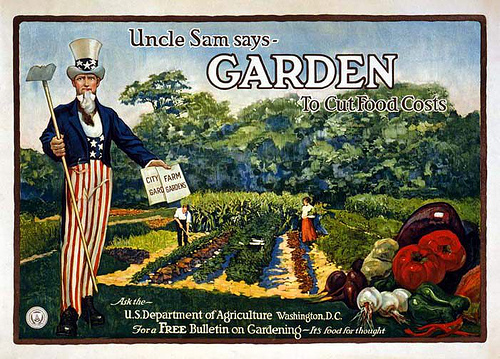
1. Do This First: Seeds
If you are planting your first garden, now is the time to order seeds. Actually, 3 months ago was the time to order seeds. But you can probably still find them in hardware stores or online. I recommend the following suppliers:
- SeedSaver’s Exchange
- Burpee’s
- Fedco Seeds (especially good for fruit trees)
- Baker Creek
- The Grocery Store (for root vegetables)
- Also: Your local library! Many libraries have started seed banks in recent years. The selection is fairly limited but its free.
If you still can’t find seeds, reach out to one of your gardening neighbors. Often there are leftover seeds from previous years.
Heirloom, Hybrid or Organic?
Whenever possible, try to buy heirloom seeds. Heirloom seeds allow you to save seeds from the harvest each year and grow the same plant in future years. Its a fancy name for what our ancestors did for thousands of years before seed companies appeared.
Hybrid seeds offer many advantages over heirloom, such as disease resistance and more flavorful veggies. But you cannot save the harvested seeds; they will not breed true the following year.
Organic seeds are, in my opinion, mostly a ruse. It simply means the parent plant was not grown with artificial pesticides or fertilizers. While I would avoid produce raised with chemical poisons, there is scant evidence that seeds from the produce carries forward toxic chemicals.
In any event, just get seeds now. Many seed companies are running out and won’t have a resupply until next year. You can easily save seed you don’t use by keeping in a dry, cool place (like a freezer or refrigerator).
Transplants & Starts
Over the next several weeks, transplants will start appearing in hardware, grocery and garden stores. These are a great way to get a jump start on the season as someone else has already done the legwork of planting and germinating seeds. But you will pay a lot more for the service. A single transplant may run $2 to $5, whereas you could have bought a 100-seed pack for the same price.
2. What to Plant?
This is where the joy of gardening comes in. The best advice is, plant what you eat! “But I don’t like vegetables…” I hear the kids and husband say. But do you like spaghetti? Don’t think only about fresh eating, think also about ingredients. We use most of our garden harvest as ingredients in other recipes over the course of the winter.
Keeping in mind the golden rule of plant what you eat, these are our favorites we keep coming back to:
Perennial Fruit
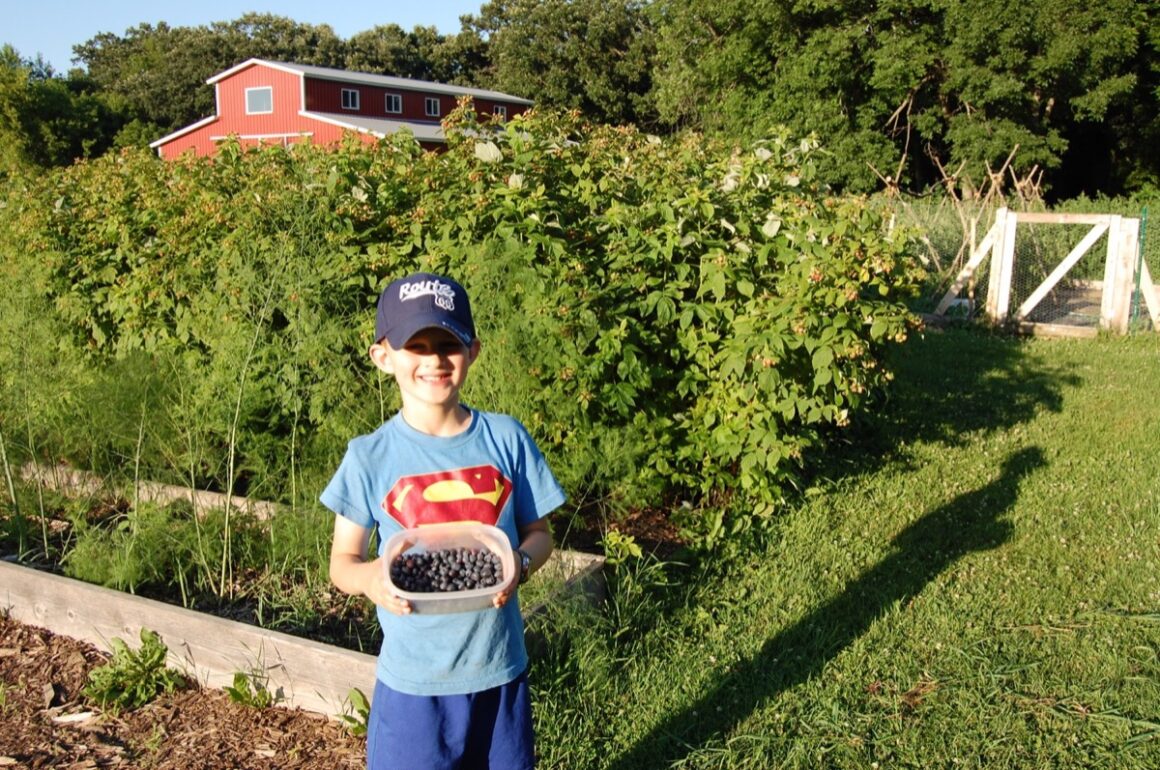
The smartest thing you can do is plant fruit—raspberries, strawberries, blueberries, apple trees, etc. These only take a small amount of time to establish and will often produce fruit their first year (except for trees). More importantly, perennial shrubs come back every year with increased abundance! They are the smallest investment you can make for the highest reward.
Apple trees, in particular, are so abundant after several years that we could end world hunger if we replaced all the ornamental trees growing in neighborhood boulevards with apple trees.
Kale
We like the dwarf blue curled variety. Kale is a superfood loaded with nutrients, though it is an acquired taste. The best thing about kale is that grows like crazy. Unlike other lettuce, which bolts after several weeks (starts going to seed), making the leaves inedible, kale will continue producing more salad than you can eat all the way to fall frost.
Potatoes
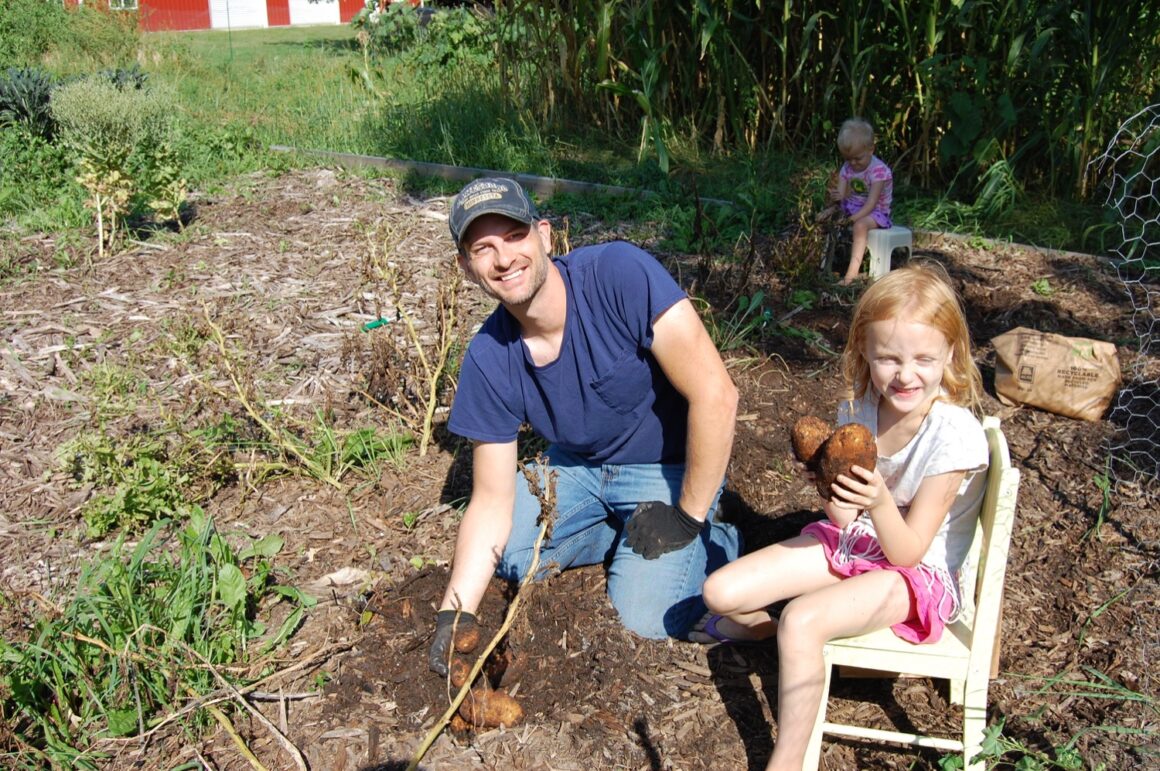
Any variety will do. Potatoes are an all-in-one meal, which is why anyone planting a garden for subsistence will start with a sizable plot of potatoes. Properly stored, they will last for many months. Potatoes are grown from… potatoes! Rather than seed packets you plant potatoes from last year’s harvest. And yes, you can use potatoes purchased from the grocery store as starter potatoes, but its better to use “Seed Potatoes” you would find in a garden store. They usually come in a 5-lb bag.
Tomatoes
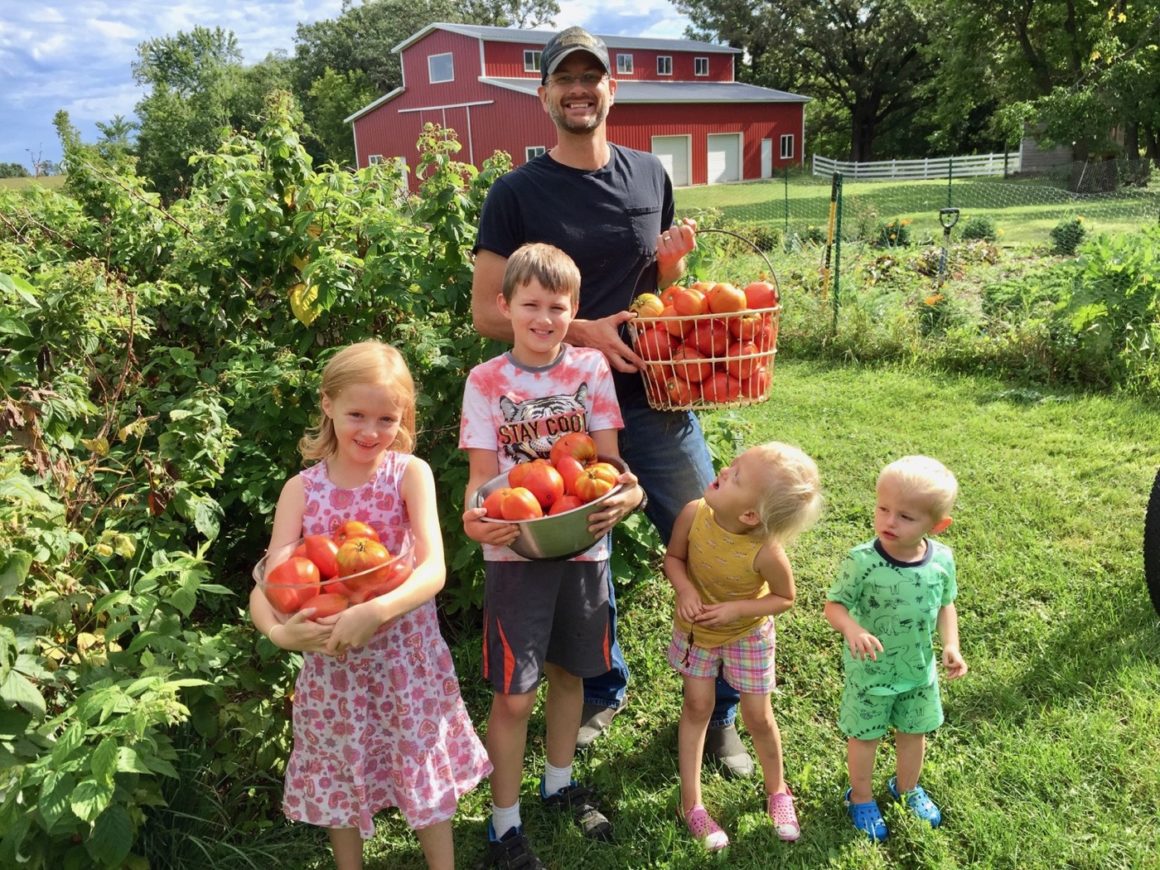
Tomatoes aren’t quite survival, but it would be a bleak existence without them. We grow lots of tomatoes and go through the pain of canning dozens of quarts of tomato sauce every year because its worth all the effort. We use the tomato sauce on just about everything—spaghetti, soups, pizza (Becca has become quite the pizza chef). Ivar likes tomato sauce for dipping his grilled cheese.
Onions
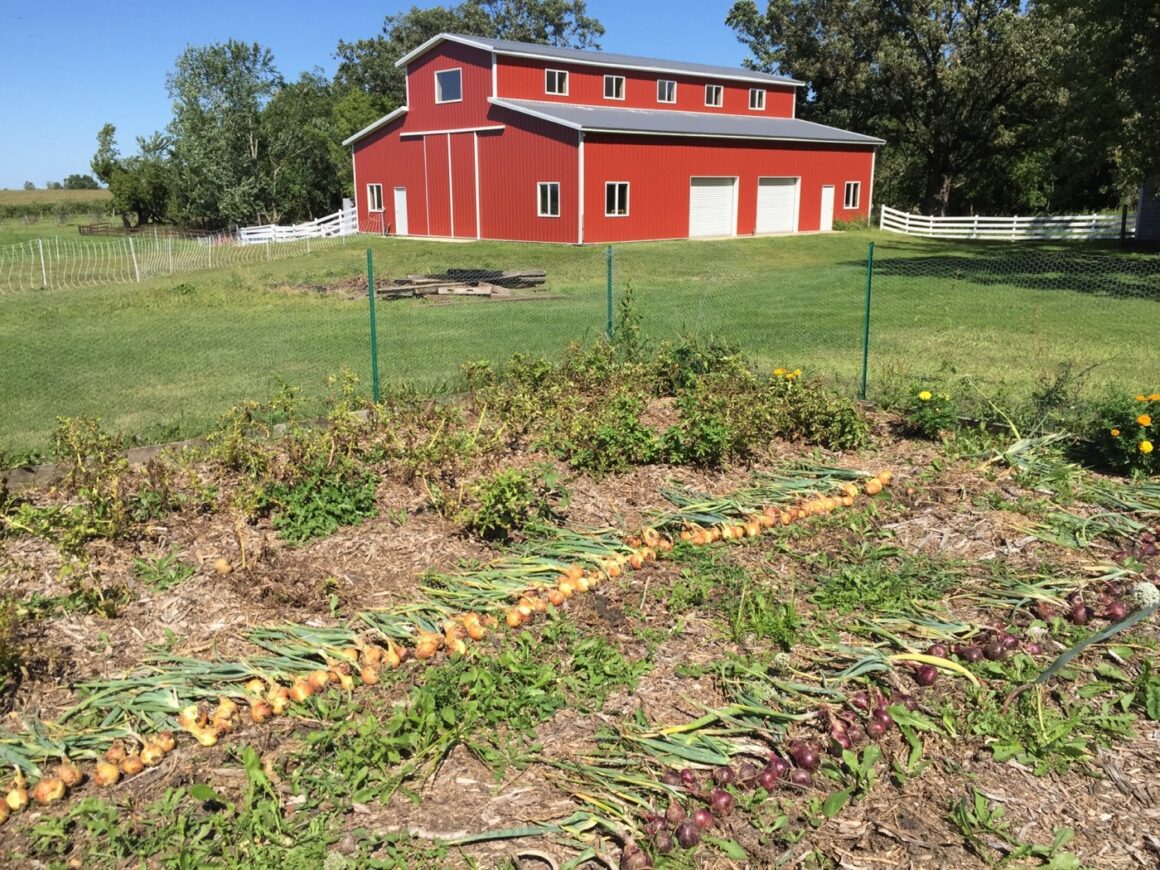
Onions are one of the easiest crops to grow and produce a huge harvest in a small amount of space. Onions, like potatoes, do not come as seeds but bulbs. (You can try planting from seed but you won’t get a full-sized onion until the second year.)
Garlic
Used in almost everything savory, garlic is very simple to grow and pests do not bother it. You can also start with grocery store garlic, but more interesting varieties can be found through seed companies or local growers (ask around at the food co-op in town). One note: garlic is planted in the fall, for the following year’s harvest.
Carrots
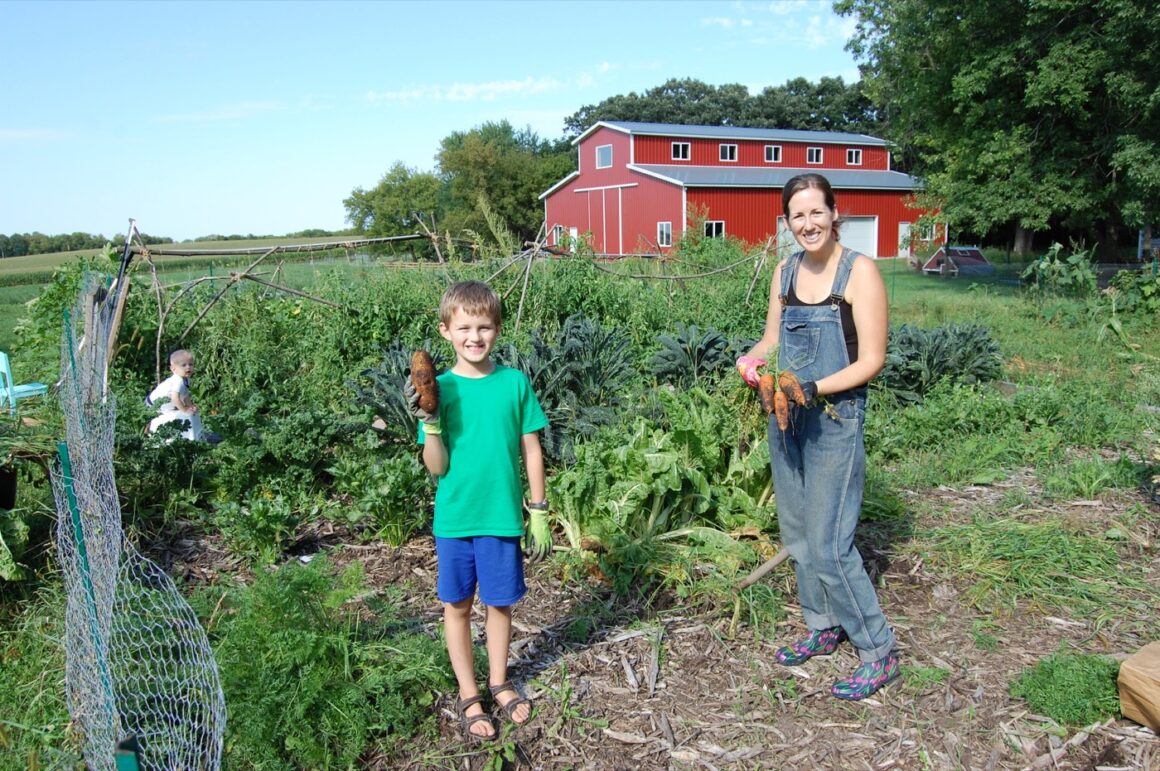
Carrots probably have the most nutrition density of anything in the garden, meaning, we can grow more carrots-per-square-foot than anything else. They are grown from seed and a bit temperamental when starting out. But once established they do very well until harvest, and can store for months in the root cellar.
Beets

We love beets, especially pickled. Like most root-vegetables they grow very well and make a great side to any dinner.
Sweet Corn
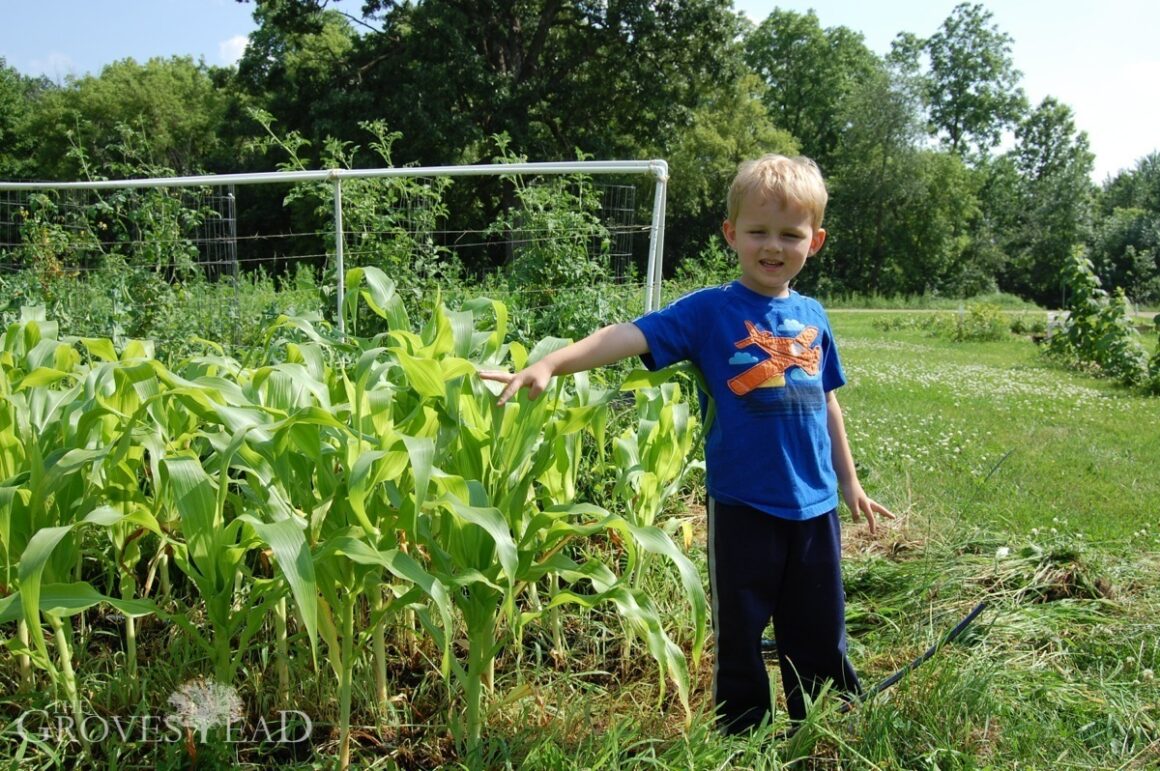
We also love sweet corn, but can be tricky to grow. They usually require extra fertilizer applied at the right time to produce a good harvest. And it can be hard to know when the corn is perfectly ripe. A few days too early or too late makes a big difference in taste.
When to Plant? How to Plant? Where to Plant?
I’ll cover garden layout and location in another post (we’re not quite to planting time yet for most of the country). But seed packets will provide most of what you need to know. I recommend starting seeds under fluorescent lights rather than a window sill. Its best to keep the bulb just a few inches above the seed tray while the plants are growing, and set a timer for 16 hours per day.
Highly Recommended:
Watch Paul Gautschi’s surprisingly entertaining documentary about organic gardening: Back to Eden:
(I’ve visited his garden, it’s legit).
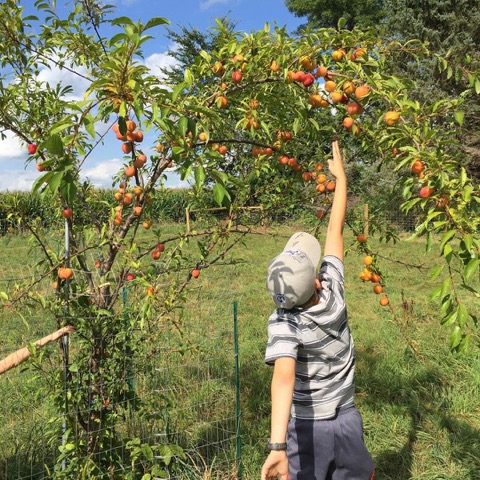
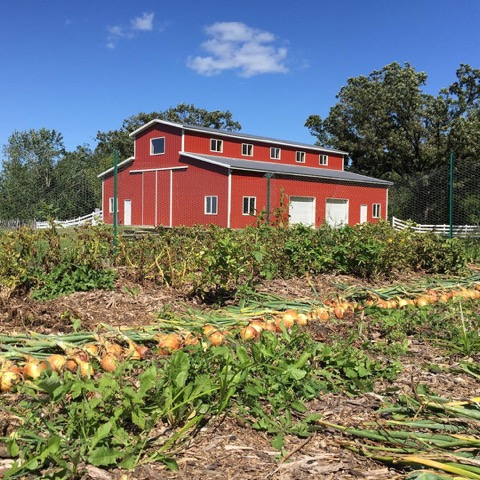
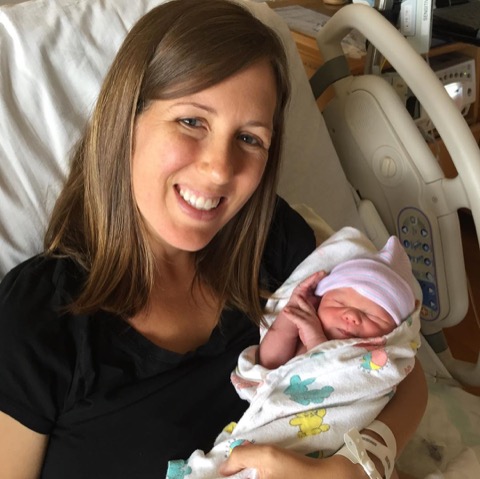
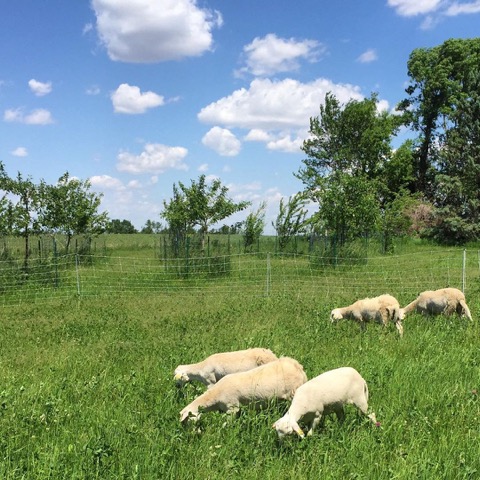
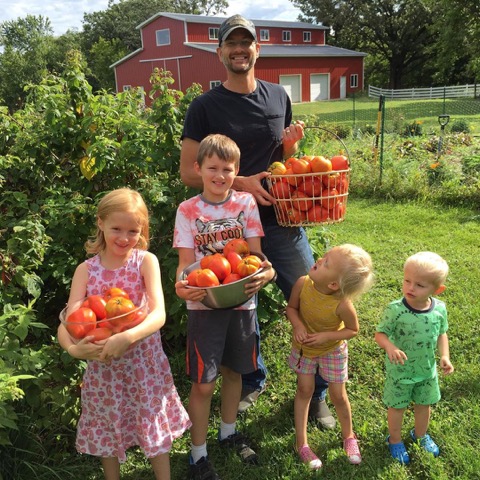
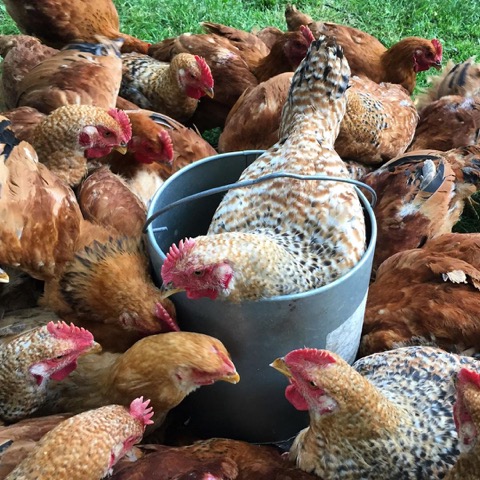
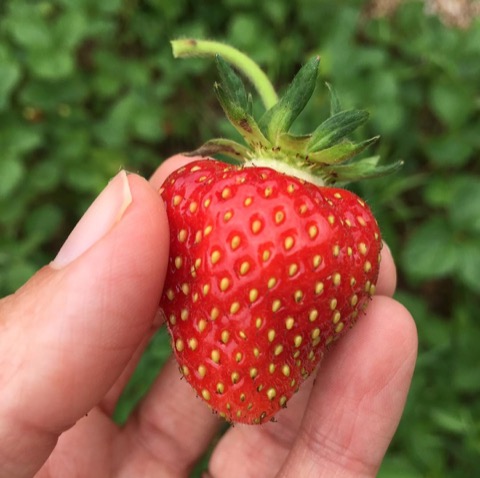
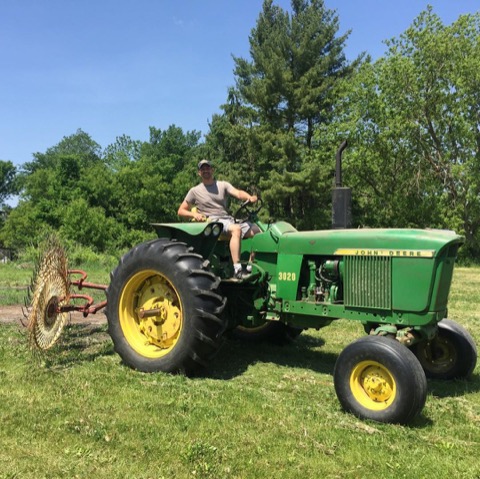
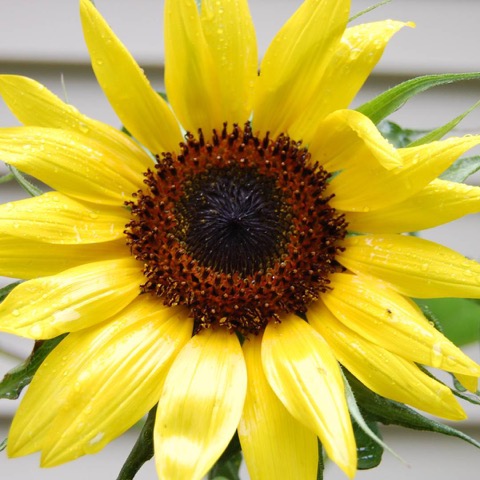
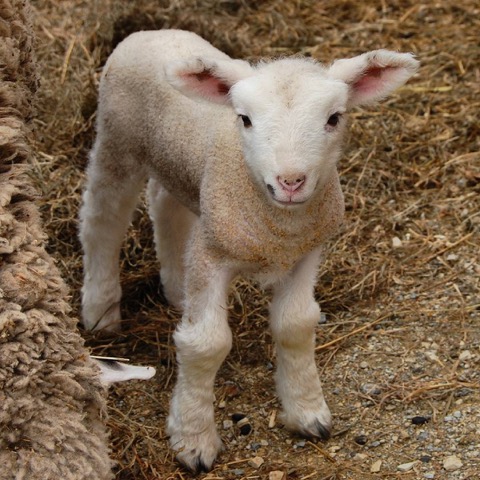
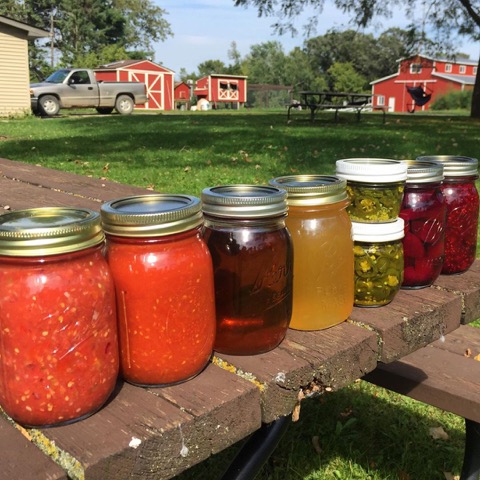
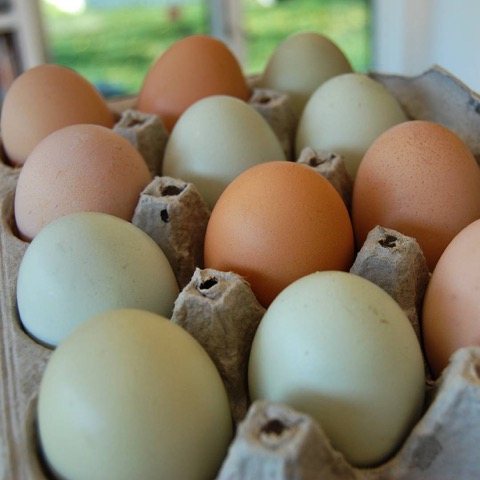

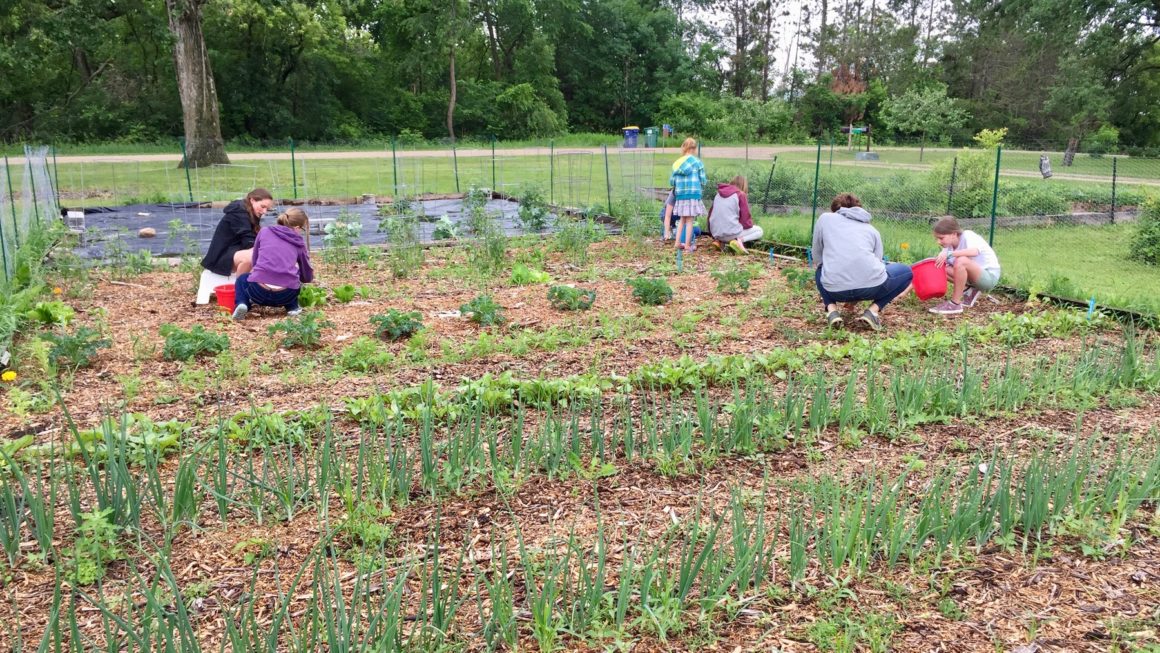
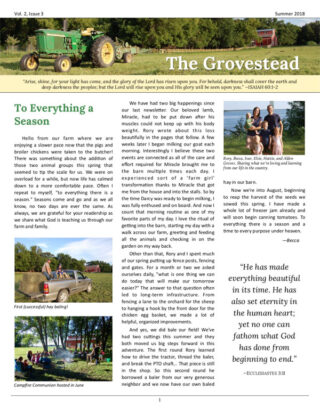

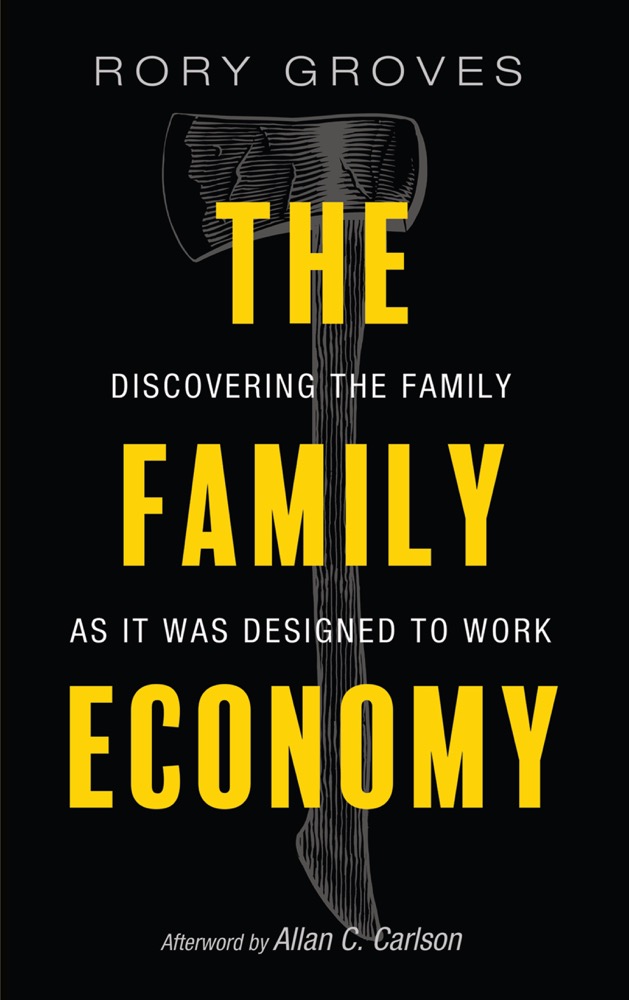
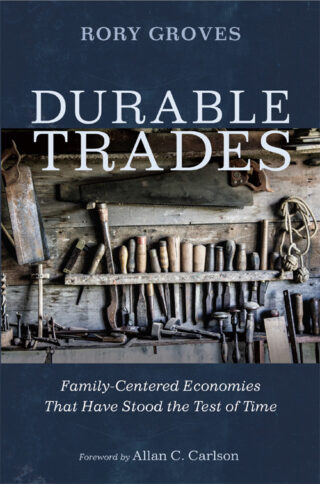
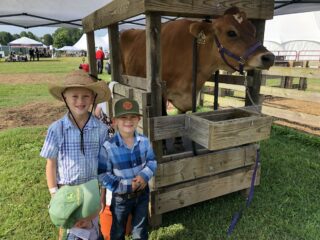
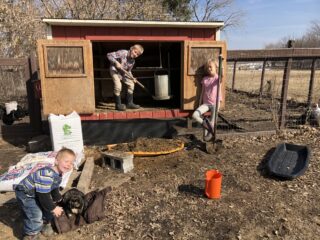
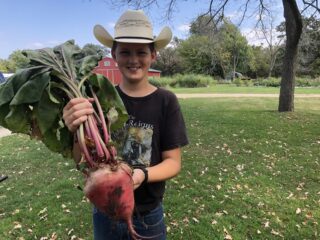
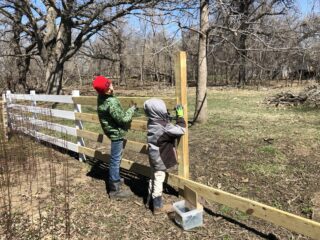
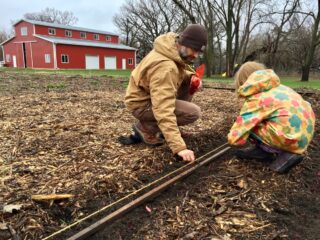
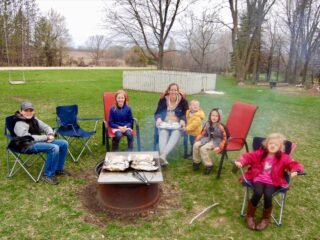
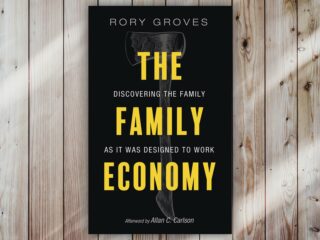
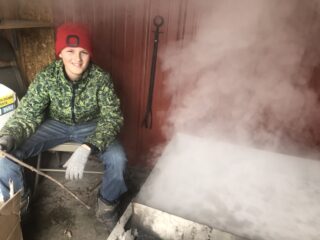
4 comments
Your family is SOOOOOOO inspiring! Thank you bunches for reaching out to all of us who
love homesteading or dream of homesteading! Thank you too for your fun photos of your
family working together to make the Grovestead an amazing learning farm. I’m sharing
this with a fellow believer and family of 5 with one on the way. They need a bit of
encouragement. May the good LORD continue to bless and keep you under His
strong wing! (Psalms 91)
Hugs
Soooo when I “grow” potatoes, the crop is miniature – like2 inches. I have never gotten a decent sized spud. ? Any suggestions?!?
Hi Pam-
A couple of thoughts/questions:
1) Is the plot getting full sun? The plants should look like this when they are mature: https://www.thegrovestead.com/dsc_0774/
2) How loose is the soil? Hilling up the potatoes usually takes care of keeping the soil loose.
3) Are you starting with good seed potatoes? This shouldn’t matter as much, but Paul Gautschi saves his largest potatoes for seeds the following year, instead of saving the smallest (which is what you usually get in seed potato bags). You can cut a big potato into many seeds.